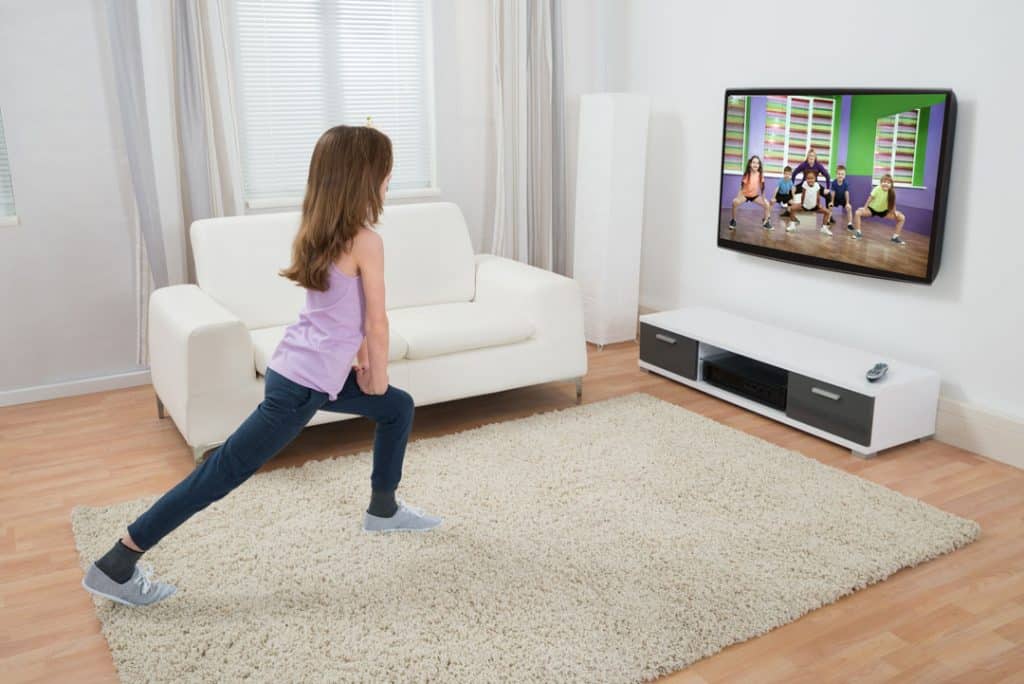Article courtesy of dance-teacher.com.
Question:
In this period of economic uncertainty, my family is looking at our budget from every angle. Enrolment at the dance studio is now—but no one is sure when we’ll actually be able to head into the studio. I want to support small businesses like our dance studio, but I also can’t help but wonder: Are virtual classes worth it?
Answer:
No doubt about it, virtual dance classes attempted in your living room are not the same as classes in the studio—and we, as parents, along with our dancing kids, need to reset our expectations. For one, says clinical psychologist Christina Donaldson, who specializes in adolescence and serves on the advisory board of Youth Protection Advocates in Dance, dance classes in any form are about more than learning technique—they offer community. “And now, during quarantine, when kids aren’t able to see their friends, community becomes paramount,” she says. “Kids are actually getting more from these classes on a mental and emotional level.”
Of course, if families are under financial stress and the classes don’t fit in the budget, you may need to consider stepping back. “That stress will be felt throughout the household—pandemic or not,” says Donaldson. “But if you are able to afford keeping kids enrolled, virtual classes can be helpful for everyone involved—even the parents.” Here are her top three reasons for continuing.
1. Students benefit emotionally. “The greatest challenge for kids, especially for those on the younger side—ages 7 to 12—is not seeing their friends,” Donaldson says. “But even though we must be socially distant, we don’t want to be emotionally distant—we need that connectivity. Letting our kids maintain their sense of community is the key to getting through quarantine.”
2. Creative thinking is grounding. “The way we can tolerate the unknown—and thus tolerate the pandemic—is to think creatively and outside of the box,” she says. Summer offerings at your studio may include improvisation or choreography classes, which Donaldson notes can be quite healing. But she does caution that it depends on your dancer. “If she has a propensity for perfectionism, or if she’s feeling far behind, these classes may cause more stress.” Instead, those dancers may benefit from more familiar classes. No matter what, says Donaldson, “Movement is good for the mind and it’s a healing tool. It’s crucial to help our kids access that.”
3. Class times can give you, the parents, a much-needed break. “It’s challenging for parents who are working full-time,” says Donaldson. “You may not be able to leave your 2-year-old alone in the room, but for older kids, you can potentially relax, knowing that when they’re busy with a class, you have the next 90 minutes to get what you need done for work or otherwise.”
What about the littlest kids? The benefits of enrolling our tiniest tots in virtual dance classes may vary wildly from kid to kid, says Donaldson. “But if your 3-year-old is getting even one thing out of the class even once in a while, it’s beneficial.” Not every preschooler has the patience for online learning: “If it becomes a fight each time, it may not be worth the power struggle,” she says. “But keep in mind that even virtual classes offer good opportunities to be around others and learn. And their brains are so spongy.”
Donaldson’s bottom line: “Children need some form of community and connectivity. So, if they love dance and have friends in dance, the virtual classes are worth it just for that. But if they’re not feeling this from the classes, find something else.”



